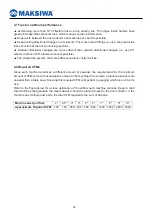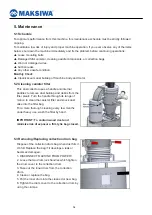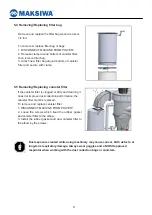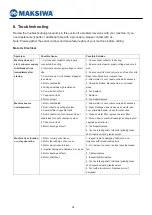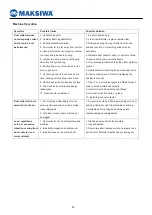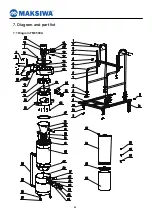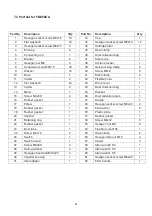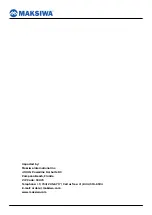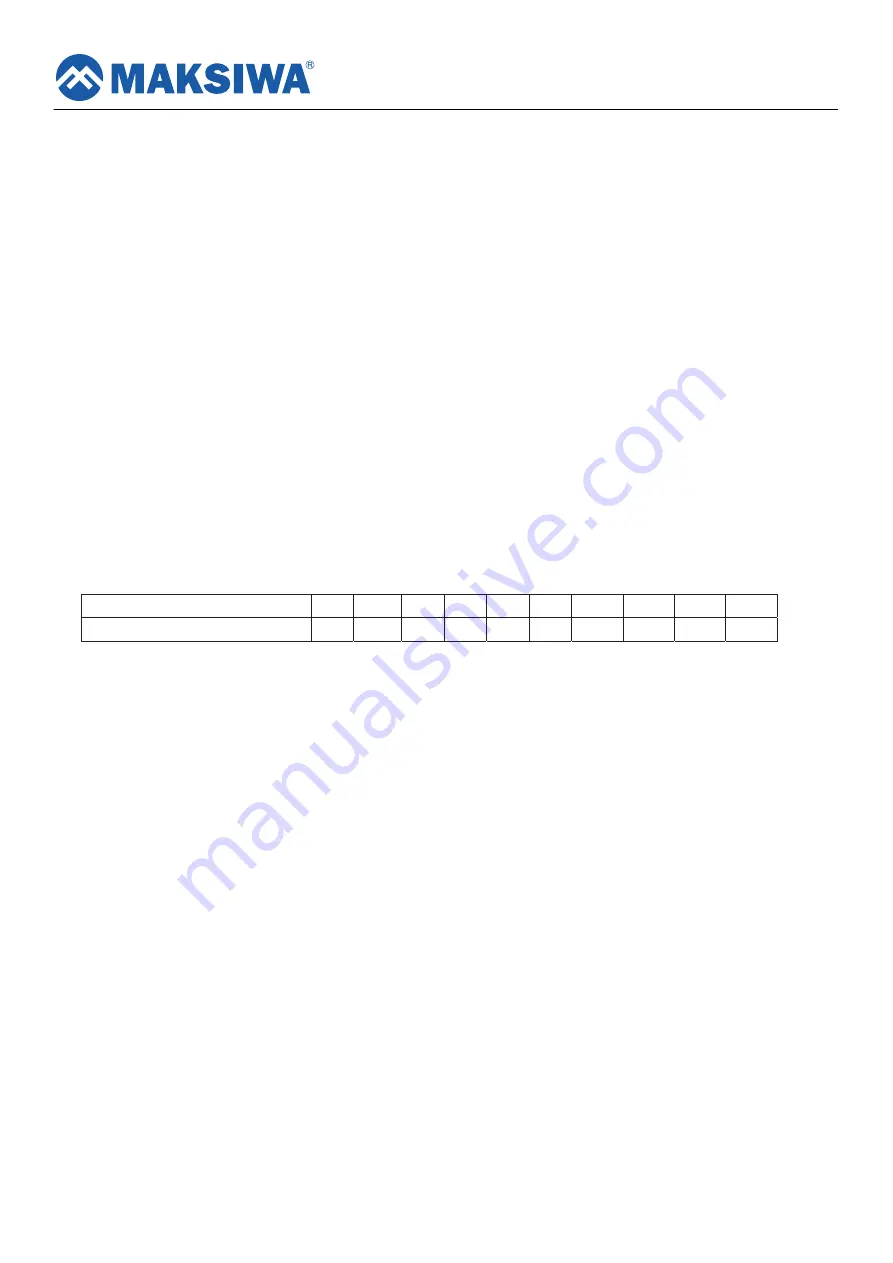
15
4.1 Tips for optimum performance
▲ Avoid using more than 10' of flexible hose on any ducting line. The ridges inside flexible hose
greatly increase static pressure loss, which reduces suction performance.
▲ Keep ducts between the dust collector and machines as short as possible.
▲ Keep ducting directional changes to a minimum. The more curved fittings you use, the greater the
loss of suction at the dust-producing machine.
▲ Gradual directional changes are more efficient than sudden directional changes (i.e. use 45°
elbows in place of 90° elbows whenever possible).
▲ The simpler the system, the more efficient and less costly it will be.
4.2 Required CFMs
Since each machine produces a different amount of sawdust, the requirements for the minimum
amount of CFM to move that sawdust is unique to the machine (for example, a planer produces more
sawdust than a table saw). Knowing this required CFM is important to gauging which size of duct to
use.
Refer to the figure below for a close estimation of the airflow each machine requires. Keep in mind
that machines that generate the most sawdust should be placed closest to the dust collector. If the
machine has multiple dust ports, the total CFM required is the sum of all ports.
Machine dust port Size
2" 2.5"
3" 4" 5" 6" 7" 8" 9" 10"
Approximate Required CFM
100 150 250 400 600 850 1200 1600 2000 2500
2
Greetings,
Congratulations, you just purchased the BMS.3200.IR Precision Saw, which was developed with the
Maksiwa’s highest standards of technology and quality. Your BMS.3200.IR Precision Saw allows you
to have the highest productivity in woodworking. Besides a great finish, the BMS.3200.IR ensures that
your cuts are always precise. It should be noted that to use this machine with maximum efficiency,
you should read and understand the instructions in this manual.
Visit our website to know about our launches and other product lines:
www.maksiwa.com















